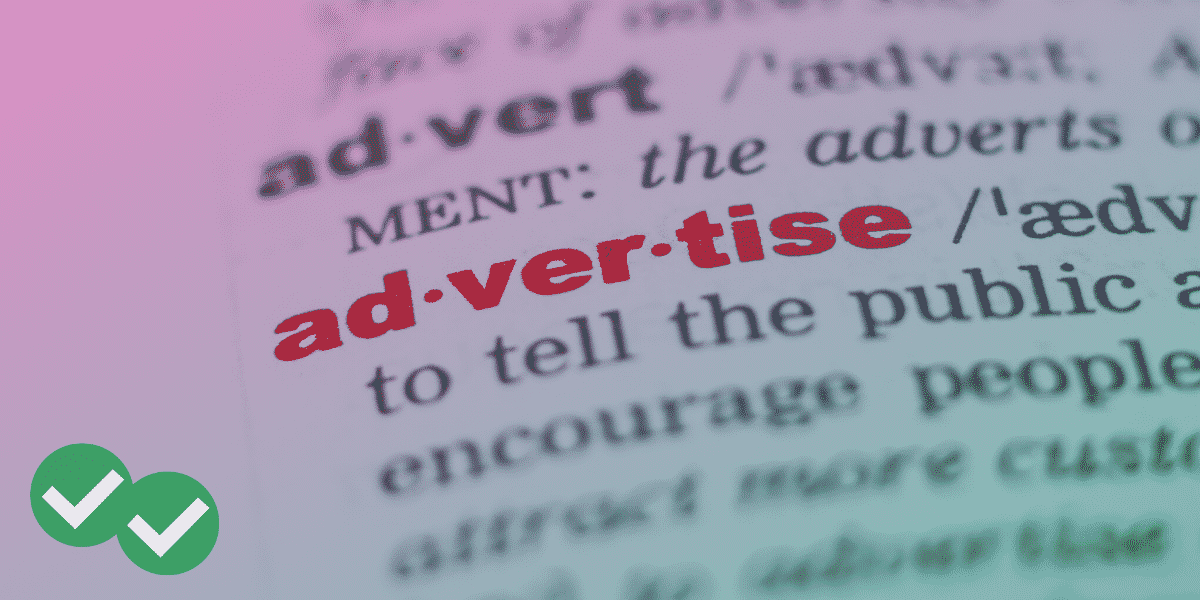Many things you can watch or listen to in English have either subtitles or transcripts. Subtitles and transcripts can be very valuable for English study. These written words can help you catch things you didn’t correctly hear. And they can help you as you go back over a sound clip you had trouble understanding.
Still, it’s important to realize that these helpful written versions of speech must be used intelligently. There are good and bad ways to use subtitles and transcripts. Read on to find out the best way to really learn from these written versions of speech.
Use them for listening practice, not reading practice
Some students are surprised when I tell them this. Subtitles and transcripts are written, so why not use them to practice reading?
It’s important to remember that subtitles and transcripts are a written record of something that was originally spoken. Written and spoken English are different in so many ways: purpose, structure, style, grammar, vocabulary, and more. So reading transcripts and subtitles won’t prepare you very well for typical written English materials.
In contrast, subtitles and transcripts are great for listening practice! But here again, you need to use them in the right way. It’s easy to start relying too much on these written words, so that you’re reading when you should actually be listening.
Avoid using subtitles as a substitute for listening when you can’t understand something. This will only keep your listening skills from improving. And if you get too hooked on subtitles, you can actually make your English listening skills worse.
Instead, use transcripts and subtitles to check your listening ability. If you are watching or listening to something in English, listen first and then look at the words only if you need to. Use subtitles and transcripts to help you identify the sounds, words, phrases, and types of speech you have difficulty hearing. And then make it your goal to work on these “trouble spots” until you reach a point where you no longer need to read anything that you’re hearing.
Understand that subtitles and transcripts are not perfect.
Lucas recently made a post on his Google Plus that made me chuckle. In his post, he declared that “YouTube subtitles are the worst,” with a screenshot of YouTube mangling his words terribly in one of his videos.
I chuckled because errors in subtitles and transcripts drive me nuts, too. You see, I love using subtitles and transcripts with my students. But it can be surprisingly hard to find ones that are accurate enough to properly support ESL listening activities.
Fortunately, most subtitles and transcripts are not nearly as inaccurate as YouTube’s awful automated subbing. However, you’ll find that almost all transcripts and subtitles contain a few inaccuracies. Usually, the inaccuracies don’t change the actual meaning of the phrases and sentences. But sometimes they do. If a sub or transcript seems very different from what you thought you heard, trust your hearing. The written version can mislead you.
As a learner, you can also use these errors to your advantage. For a fun challenge, watch a subtitled movie or TV show, or watch a transcripted video on a popular website such as Upworthy. See how many mistakes you can catch. I guarantee you’ll find quite a few. And for a real workout, watch a YouTube video and try to catch and correct every single mistake. Now that’s an intense way to practice listening!






Leave a Reply